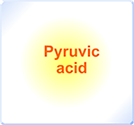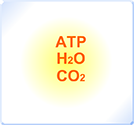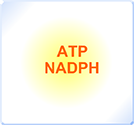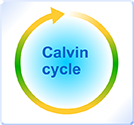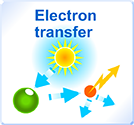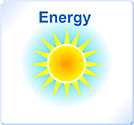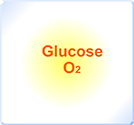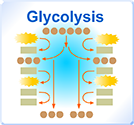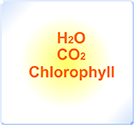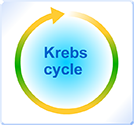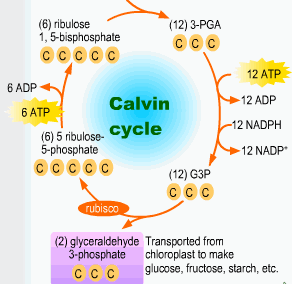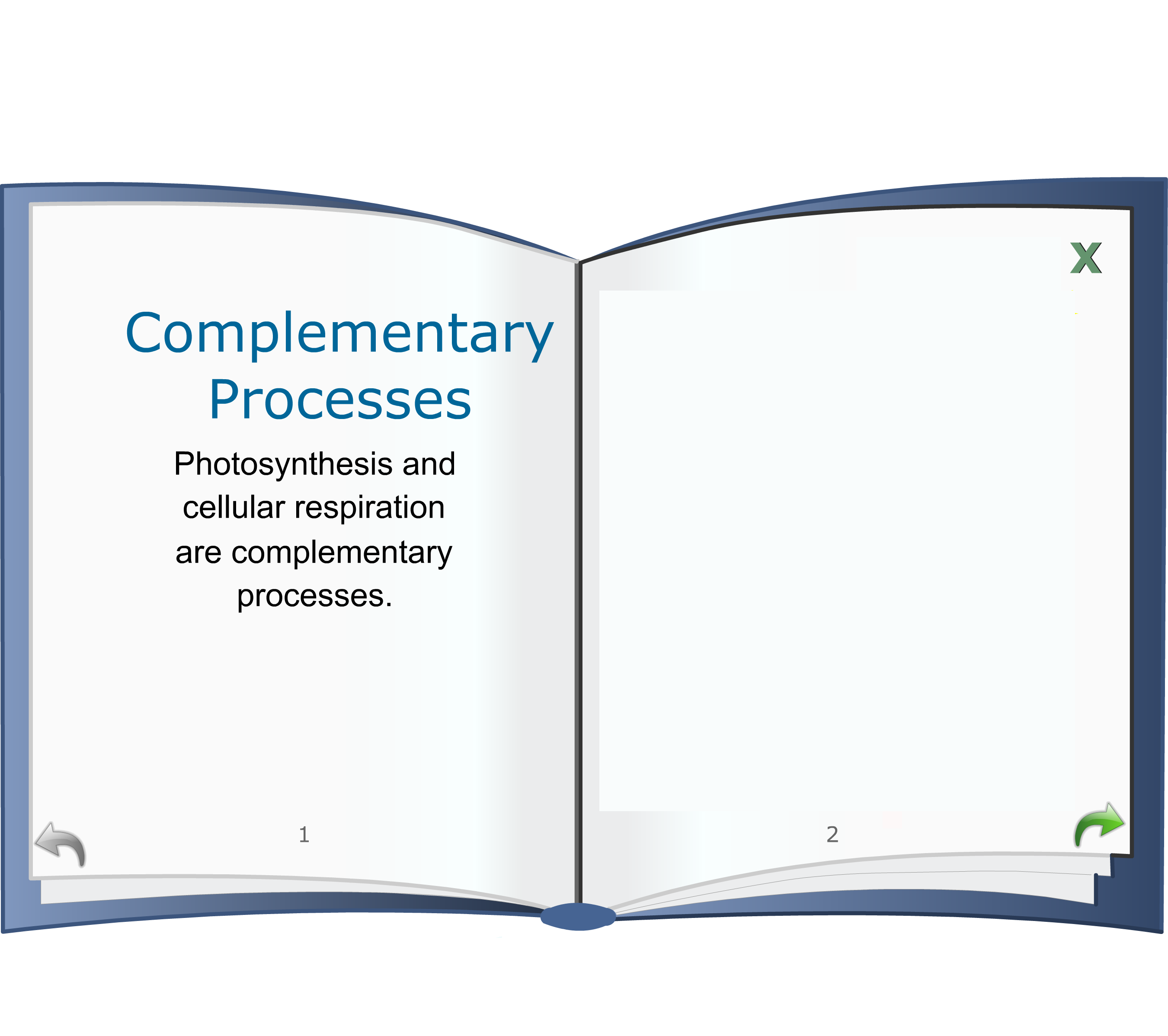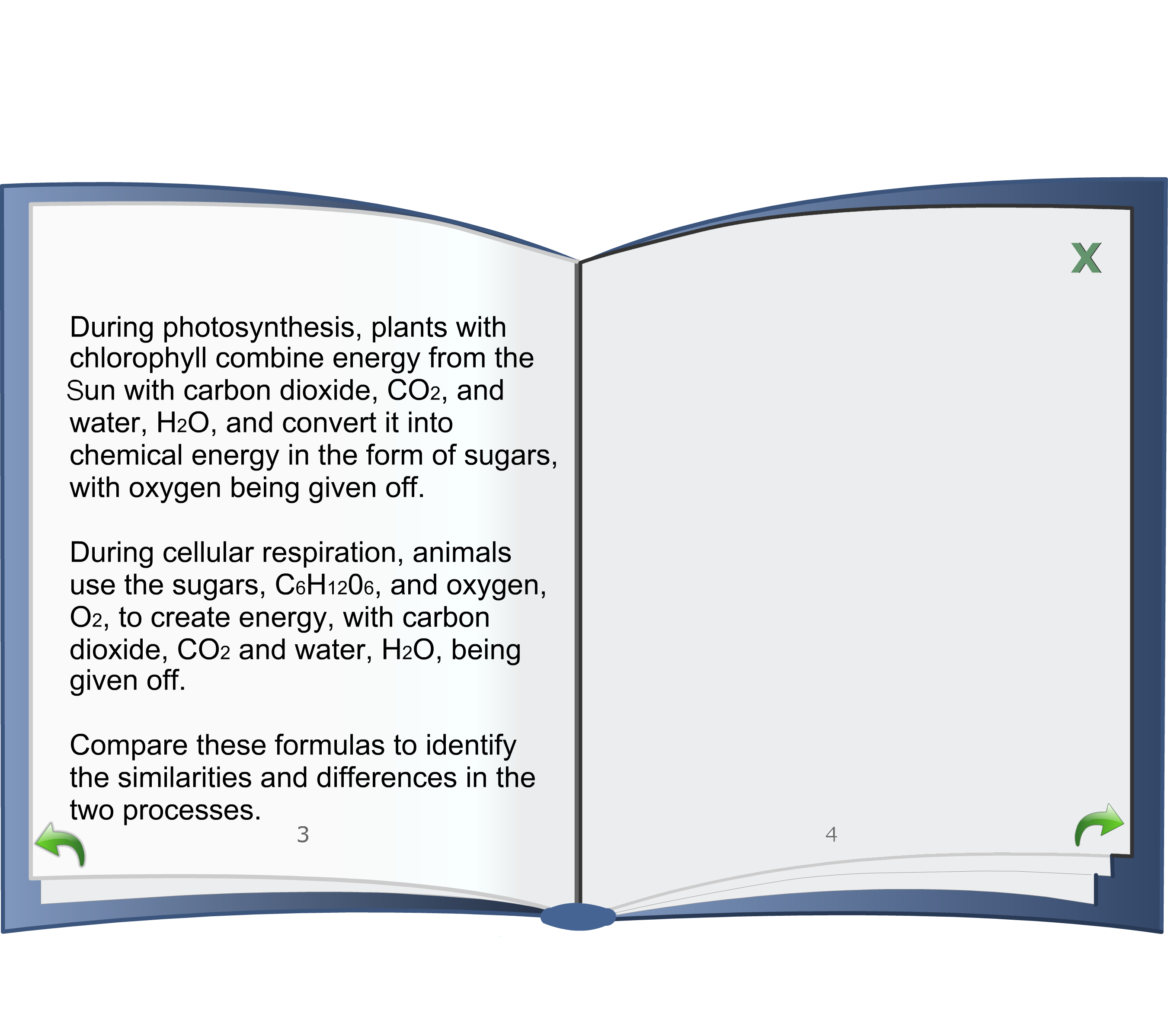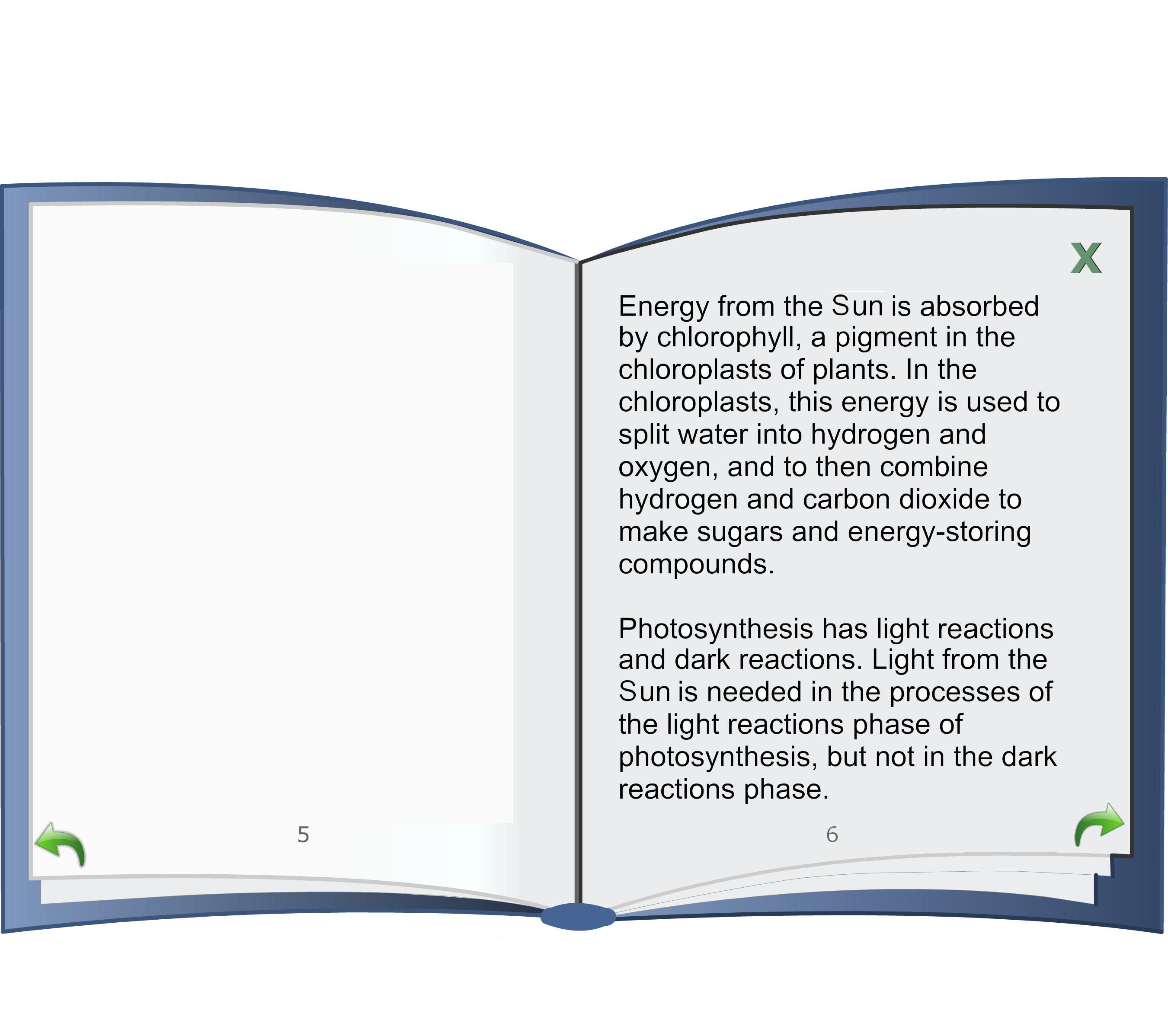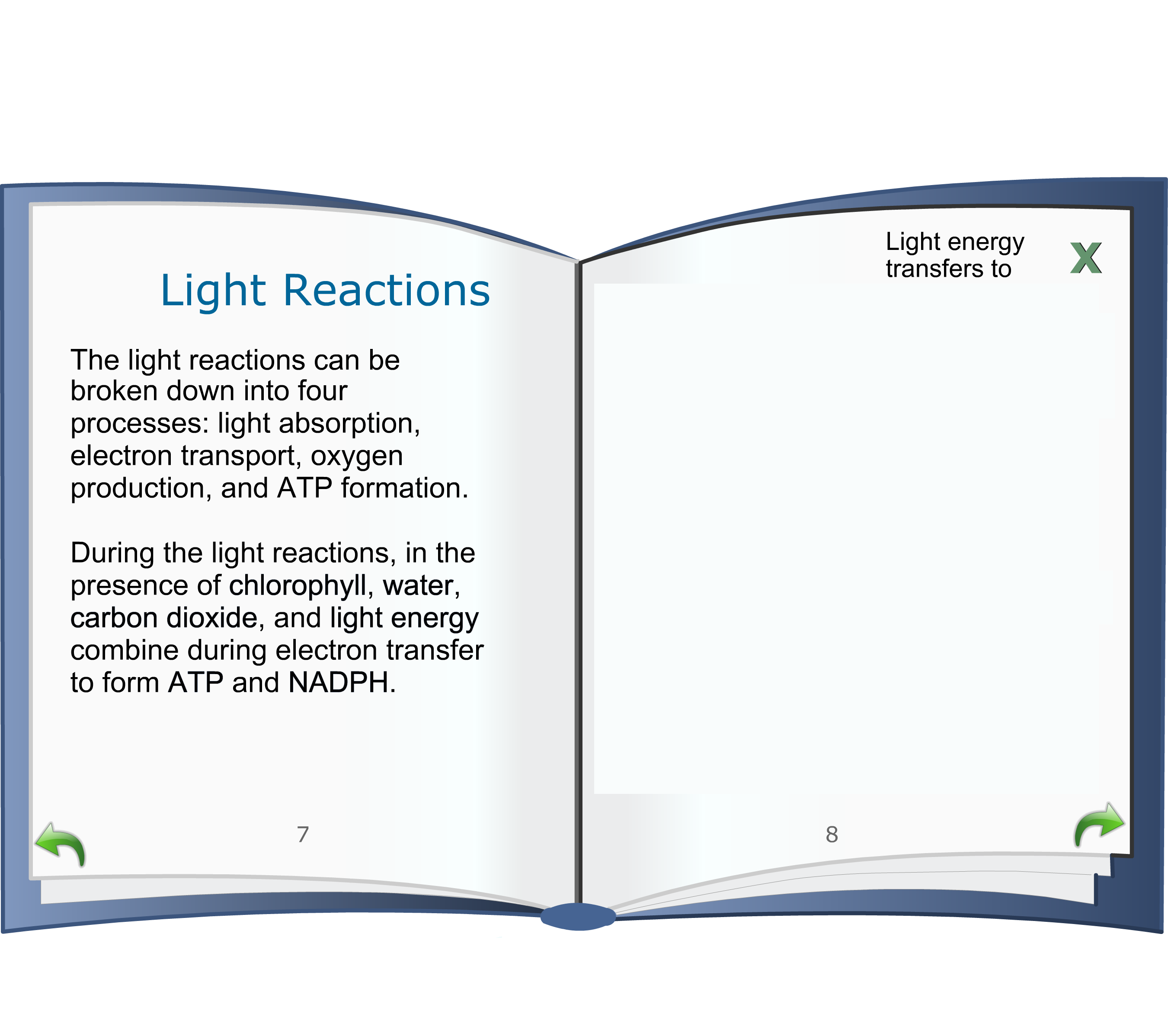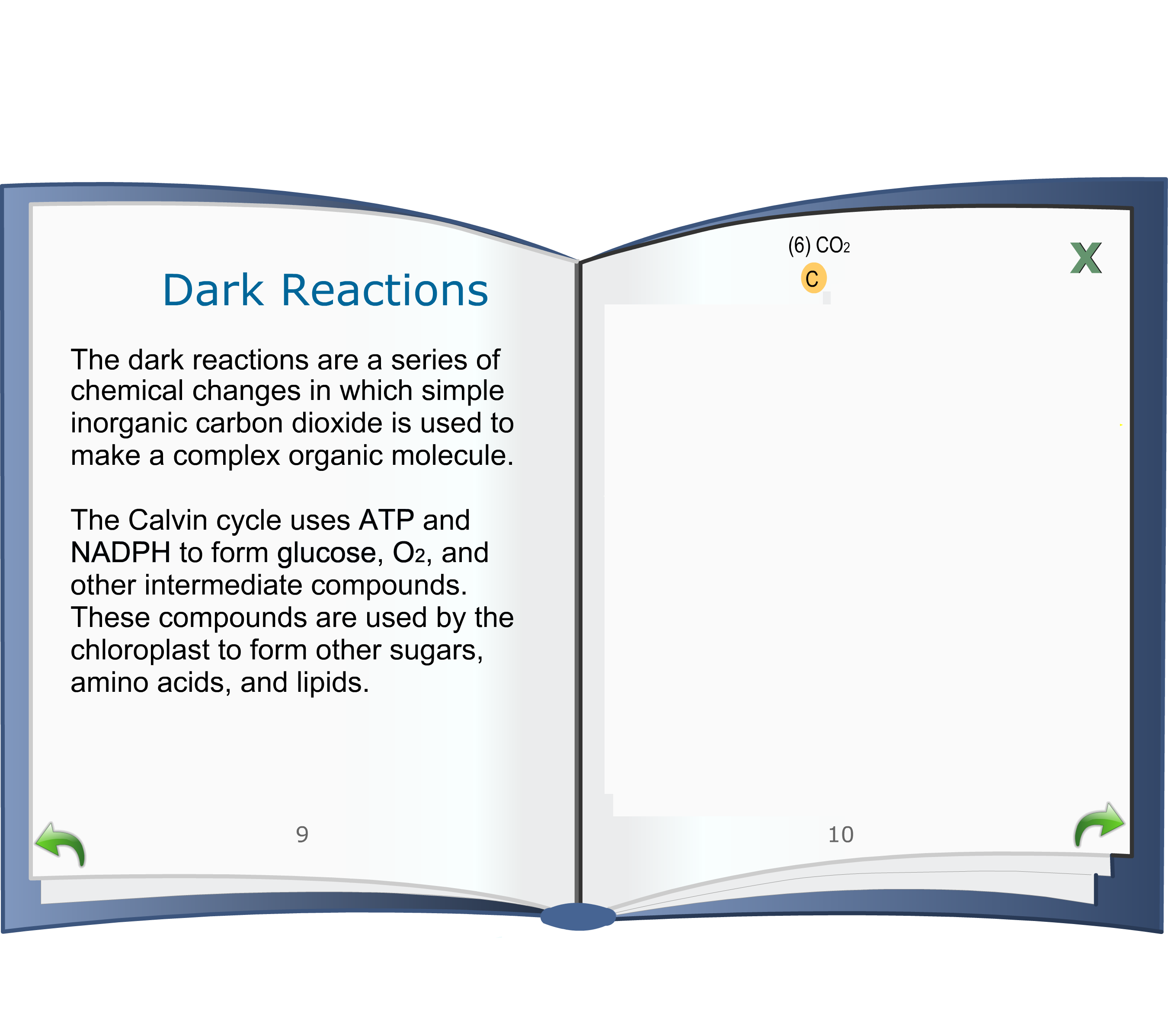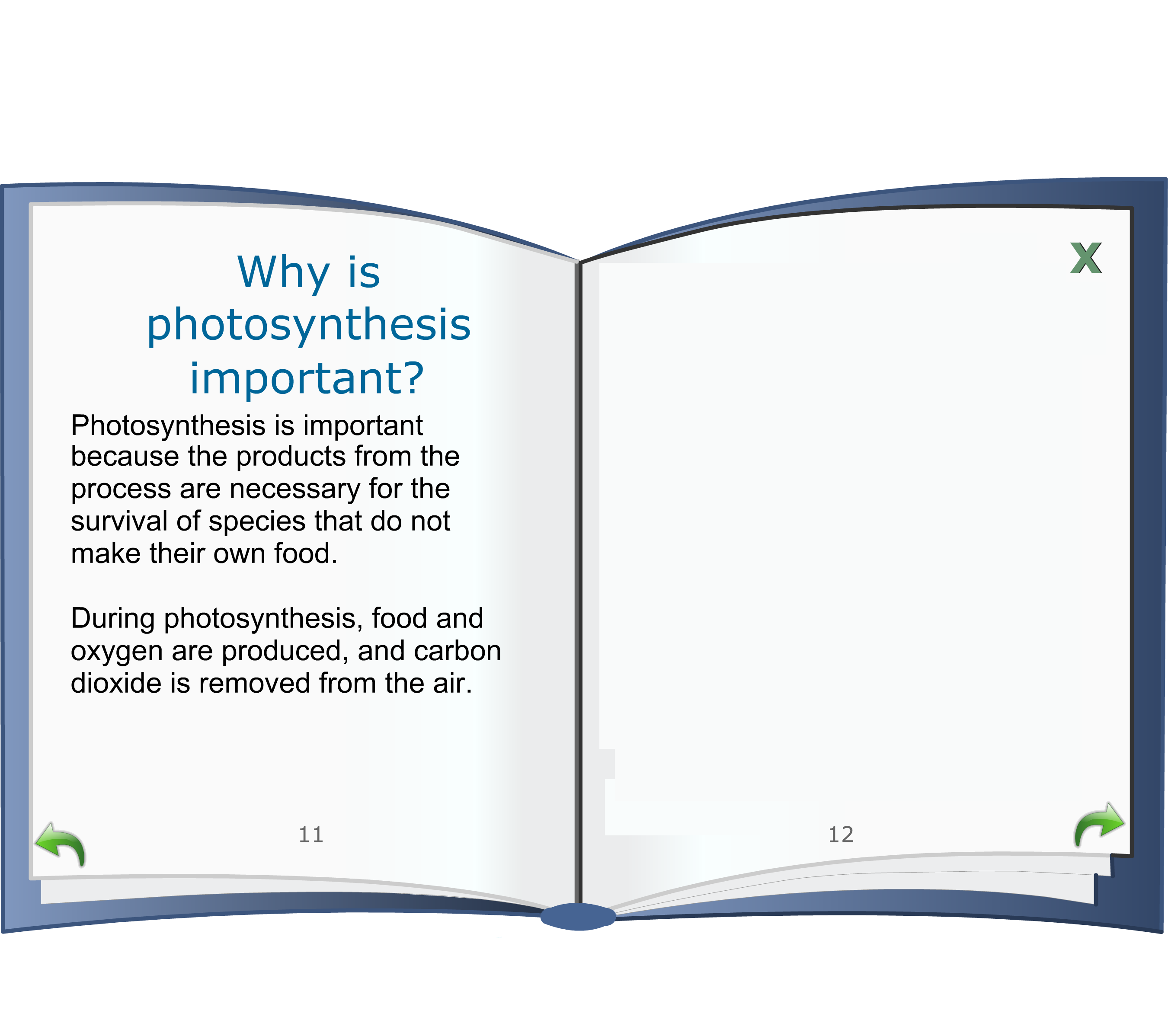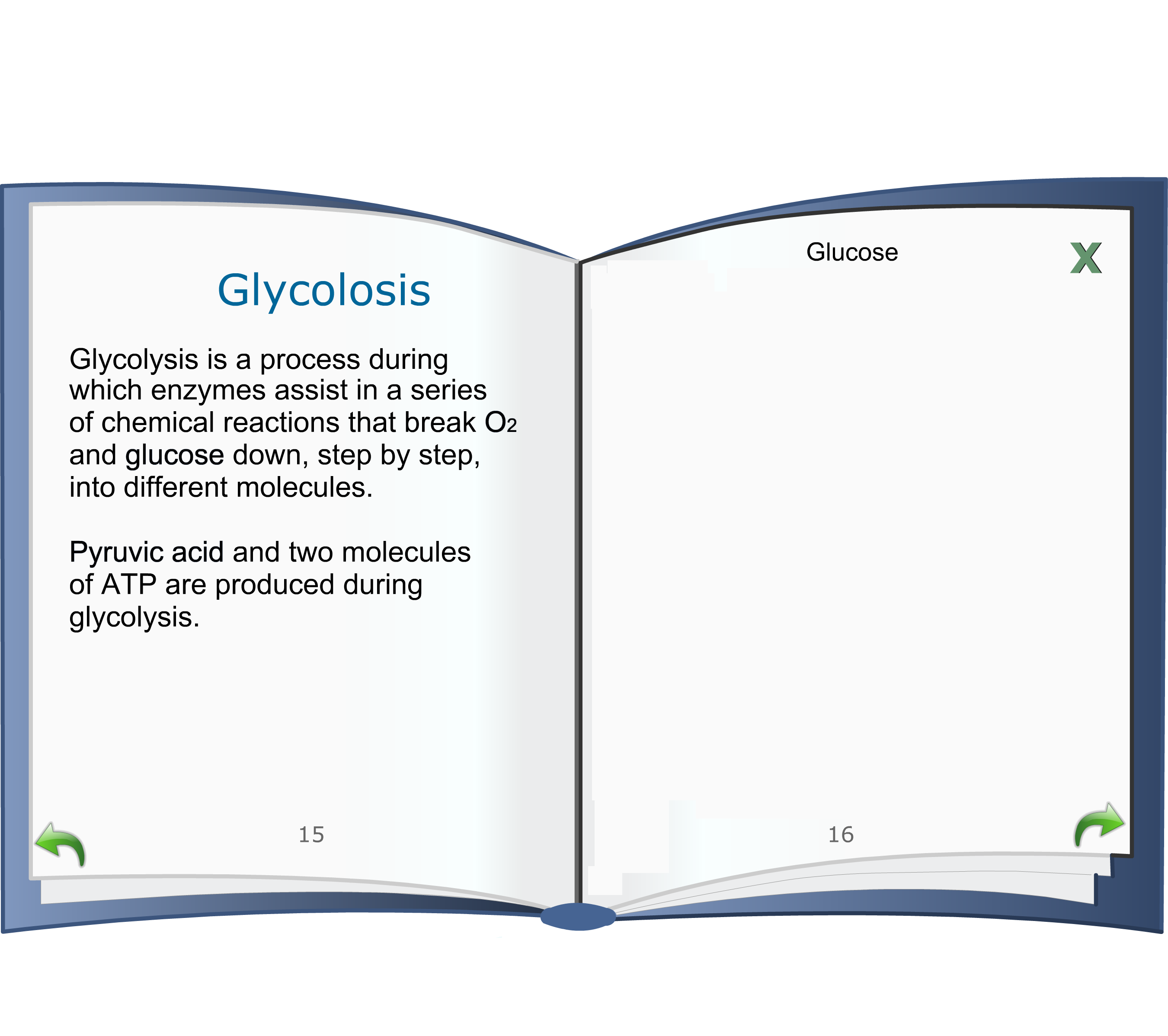Photosynthesis and cellular respiration are complementary processes. During photosynthesis, plants combine energy from the Sun with carbon dioxide and water, and convert it into chemical energy in the form of sugars, with oxygen being given off. During cellular respiration, animals use the sugars and oxygen to create energy, with carbon dioxide and water being given off.
In this lab, you will review and order the processes that make up photosynthesis and cellular respiration. Use the Photosynthesis and Cellular Respiration Guide to help you remember the steps in each process.
Step 1 — Read the Photosynthesis and Cellular Respiration Guide to review the steps in these processes. Pay attention to the elements that go into a process (inputs) and the elements that come out of a process (outputs). The outputs from one process are the inputs for the next process. Four steps, electron transfer, the Calvin cycle, glycolysis, and the Krebs cycle are covered in the tile activity.
Step 2 — Arrange the input, process, and output tiles in the correct order. Start with photosynthesis followed by cellular respiration. To do this, slide the tiles by dragging them to adjacent open spots. You might have to move tiles around, like a puzzle, to create adjacent open spots.
The correct order should start in the upper left corner. It flows to the right, and then wraps to the left of the next row again. Open spots will be ignored when checking the correct order.
Step 3 — When you have finished arranging the processes and products, click the Check button.
Step 4 — Answer the questions in the journal.




